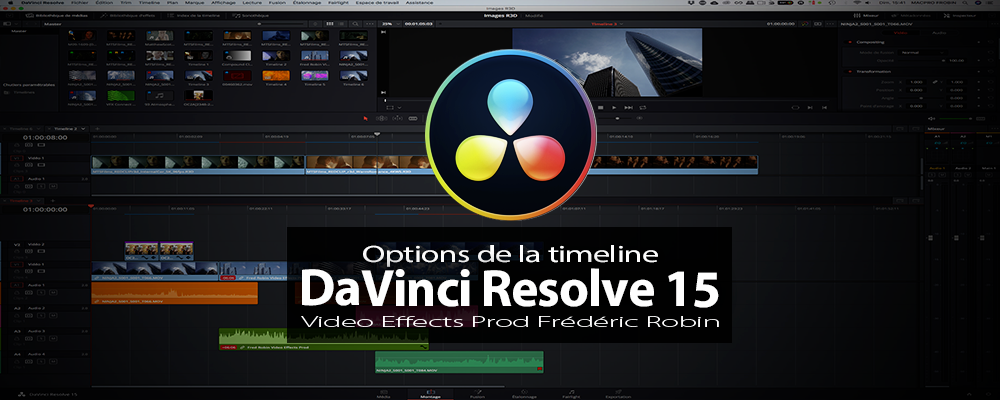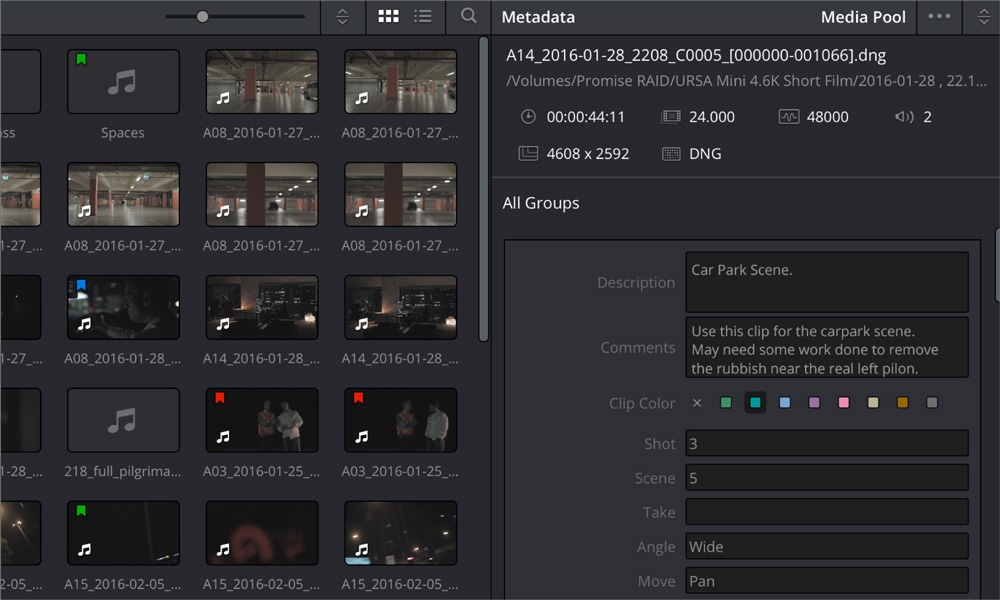

Now I try to export without any color correction, just the plain footage, cut together.


It looks like a video from the internet with bad connection where the movement skips every now and then. The video movement is still not flawless, it skips every few seconds. I tried deliver with 25 fps, and render speed set to 2. Now I deleted all the media in the project, set the project timeline to 25 fps, saved, then go back to media and cmd+z, all my files arrived back, now 25 fps timeline, playback, clips. then I made dozens of endevaours but only bad files. used Filmconvert plugin inside Resolve, and wanted to deliver. As I said earlier, sometimes this will unnecessary as you can simply do your final export from Resolve, but it’s typically more common to return to your NLE for the final export.Īgain, there’s not too much nuance to this step, generally you’re just going to import your new master file, open your old timeline and lay the new clip over everything else, leaving the old edit in place.I shot with BMPCC4K at 60fps (on the screen 25/60 fps was written after I pushed the HFR button.)įirst started a project with 24fps timeline. If you’re interested in learning more about Da Vinci Resolve, I highly recommend checking out the Resolve manual, which can be found hereĪt this point, all that’s left to do is return to Final Cut, import your new master, and add sound and graphics to get it ready for delivery. However, this is a good place to start learning and for most simple applications, this should be adequate. Ultimately, Resolve’s render options have a lot of depth, so this tutorial will only take you so far. Switch over to the “File” tab and select a filename and destination for your project. The defaults for the advanced settings are generally pretty reliable, so it’s usually fine ( And sometimes better) to leave them alone. Set your frame rate and resolution to the appropriate values.

Feel free to leave a comment if you have any info on this Network optimization, according to the Resolve manual, “optimizes the resulting rendered media file so when it’s downloaded over a network, the portion of the file that’s been downloaded so far can be played before the entire file is finished downloading.” The pros and cons of this setting aren’t well documented, so I’ll have to leave this one up to your judgement. For almost all modern applications, however, you’ll want to leave it disabled ProRes is almost always your best bet bet (422 HQ is usually plenty, but if you have the space, ProRes 4444 isn’t a bad idea either), but DNxHD is also a solid alternative if you need one.įield rendering is for dealing with interlaced footage, and is especially important when it’s being scaled or rotated. Set the format to QuickTime and pick a codec. The preset for ProRes Master is generally going to be pretty close to what you want, but I usually use custom settings anyway.


 0 kommentar(er)
0 kommentar(er)
